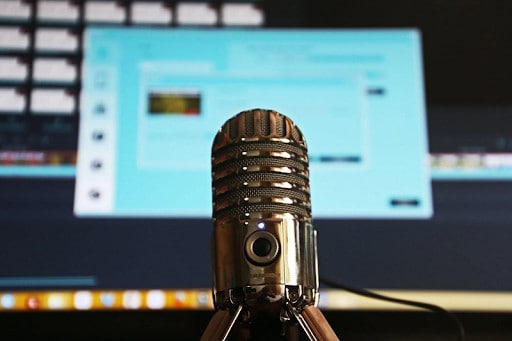Audio products are taking the market by storm, especially with the technological advancements in the audio industry. Customers are quickly embracing the new technologies, from refinements in wireless audio technology, the emergence of voice recognition and podcast. These technologies have changed the way customer’s access and enjoy audio. Predicting the technology trend in the audio industry takes a lot of in-depth study of the technological breakthroughs and how they have impacted the entire industry.
Below is a summary of some of the current evolving audio trends in 2021. Read on to find out!
Bluetooth Wireless Revolution
Wired headphones could quickly become a thing of the past with the increasing growth of wireless earbuds. This is thanks to Bluetooth technology that is universally accepted and is compatible with almost every phone. The introduction of Qualcomm aptX and Bluetooth 4.0 has brought a significant change in the speaker’s sound quality; making it a more preferred and adopted technological advancement. There has also been an increase in battery life. Today, Bluetooth consumes less power compared to other wireless transition technologies, with some models going for as long as 38 hours between charges, making it one of the preferred choices for most audio devices.
The Emergence of Smart Speakers and Virtual Assistant Effect
There has been an increase in the emergence of devices with virtual assistants making customers more interested in smart assistant devices. Customers addicted to audio now want to be educated, entertained, and informed by giving a command or instruction to the audio device. A cloud-based ecosystem continues to expand with more and more devices interconnected including, headsets, soundbars, and networked speakers. With time smart devices that are mostly used in homes will move into conference rooms and other corporate spaces.
Advanced Microphones
Customers expect more from their microphones. As a result, innovative technologies such as beamforming mics will replace the less sophisticated technologies to create a better user experience. For instance, using voice recognition to track your mic will be difficult if you might have misplaced it. These technologies are making great steps towards ensuring audio devices sense where people are in a room and how the users prefer to interface with the technology.
Networked Audio
Networked audio is simply transmitting audio in a digital format over some sort of network from one place to another. There are many advantages of having audio on a network. Network audio has allowed customers to have access to instantly on-demand. As the chips used in audio devices continue to decrease, network audio will become more common. The architecture of the audio systems has also evolved making it easy to centrally locate core processing and transport of audio over a network. The shift in networked audio has reduced hardware requirements at the endpoints.
DAC Converters (Digital to Analog Converter)
A DAC takes digital sound and changes it into a simple sound sign. Subsequently, it imparts that simple sign to an intensifier. When you hear the automatic recording, you’re turning in to a simple signal changed over from digital by a DAC. Fifty years back, DACs wasn’t a requirement to create simple audio. Mouthpieces inside a chronicle studio caught and put away stable as simple signs, generally as reel to reel tape. The simple movement was then squeezed into record grooves. At whatever point you needed to tune in to a tune, the needle on your turntable “felt” those depressions and made a simple electrical sign. It then sent the signal through your preamp and, eventually, your speakers.
Today, recording engineers convert simple signs to a bitstream of numbers (ones and zeroes). That arrangement of numbers is a computerized sound sign. To hear it out, you need to change over back to a simple sound. The evolution of DAC is making it easy to enjoy digital audio more conveniently than before.
Conclusion
The audio industry is continually growing. There are a lot of cool gadgets and devices that have been brought about by technological breakthroughs. These results in the improvement of simplicity and sound quality making more and more people addicted to audio. Throughout the shift and development of audio, the demand for sound and audio is still desired globally.



